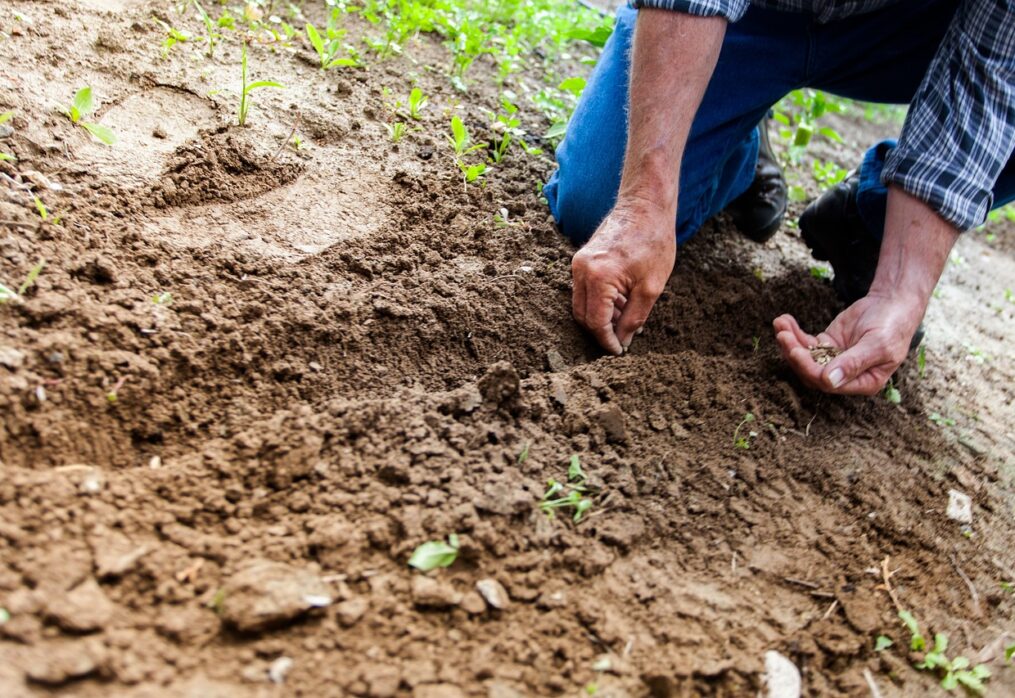Soil Testing for Lawns and Gardens: The Key to a Thriving Landscape
Testing soil for lawns and gardens is therefore essential for a thriving landscape. A good, rich lawn or garden is not a result of accident. It depends on correct soil conditions, which are absolutely vital for the development of plants. Soil testing is among the best techniques to guarantee that your landscape grows. By giving you important information about the condition of your soil, soil testing helps you decide how to best raise its quality. The value of soil analysis for lawns and gardens will be discussed in this blog post, together with methods for doing it and advantages it offers.
Why Testing Soil Is Crucially Important for Gardens and Lawns
Your garden or lawn is built on soil; hence, its quality directly influences the condition of the plants. The following explains the great relevance of soil testing:
1. Precise levels of nutrients Different plants have varying nutritional requirements. Soil testing helps establish whether your soil has enough quantities of critical elements, including nitrogen, phosphorous, and potassium. By recognizing these levels, you may avoid underfertilizing or overfertilizing your plants, ensuring optimal growth.
2. pH levels matter The pH of your soil plays a key role in how well plants absorb nutrients. Most plants flourish in slightly acidic to neutral soil (pH 6.0 to 7.0). Soil testing exposes the pH levels, enabling you to make modifications as needed to help plants grow stronger and healthier.
3. Identifying Soil Deficiencies Soil testing helps reveal deficits in important minerals, including magnesium, calcium, and sulfur. When these deficits are recognized, you can modify the soil accordingly, enhancing plant health and soil fertility.
4. Preventing overuse of fertilizers Over-fertilization not only wastes resources but can also hurt the ecosystem. Soil testing helps you minimize unnecessary usage of fertilizers by telling you exactly what your soil requires. This lowers excess runoff into rivers, making your farming activities more eco-friendly.
5. Improving soil structure A well-balanced soil structure supports healthy root systems and enhances water retention. Soil testing can detect difficulties with soil texture or drainage, which you can fix to produce a more favorable growing environment.
How to Conduct Soil Testing
Soil testing is easy to undertake and can be done by either a professional or as a DIY endeavor. Here’s a step-by-step tutorial to help you get started:

1. Choose a Testing Method You can either submit a soil sample to a laboratory for full analysis or utilize an at-home testing kit. Professional labs produce more accurate findings, although home kits are ideal for quick testing.
2. Collect soil samples When collecting dirt, gather samples from numerous sections of your lawn or garden. This guarantees you get an accurate assessment of the overall soil condition. Use a clean implement, such as a spade or soil auger, to dig about 4–6 inches deep for a regular lawn and 6–8 inches for garden beds.
3. Mix the samples Combine the samples in a clean container and mix them carefully. You’ll want a sample that reflects the average condition of your soil, so make sure to gather samples from different locations of your yard.
4. Submit the sample or use the kit If you’re submitting your sample to a lab, follow their guidelines for packaging and shipment. If you’re using a home kit, follow the specified recommendations for testing the sample. 5. Interpret the results Once the findings come back, you’ll receive information about the nutrient levels, pH, and any soil deficiencies. If you’re working with a professional lab, they may also offer ideas on how to enhance your soil.
Benefits of Soil Testing
Customized Fertilization It helps you apply the right amount of fertilizer and the correct type, enhancing your lawn’s or garden’s ability to absorb nutrients. This not only encourages healthy growth but also saves money by eliminating unneeded procedures.
Improved Plant Growth With correct information about nutrient levels and pH, you can ensure that your plants get what they need to grow. Proper soil conditions lead to healthier plants, stronger root systems, and more brilliant flowers, fruits, and vegetables.
Cost Savings By adding fertilizers, lime, or other soil amendments only when needed, you save money in the long term. You’ll also avoid the cost of fixing plants or lawns damaged by nutritional imbalances.
Environmental Benefits It helps lessen the environmental impact of gardening. By applying fertilizers only when necessary and in the precise proportions, you prevent nutrient runoff that can pollute local rivers and kill wildlife.
Conclusion
Soil testing is a vital technique for any serious gardener or homeowner looking to improve the health and appearance of their lawn or garden. By understanding your soil’s nutrient levels, pH, and deficiencies, you can make informed decisions about how to enhance your soil’s fertility. Whether you choose to test your soil yourself or send it to a professional lab, the investment in soil testing pays dividends in healthier plants, financial savings, and a healthy landscape. Soil Treatment Services Take the uncertainty out of gardening and make soil testing a part of your weekly maintenance. Your grass and garden will thank you with luscious
Last Updated on 1 year ago by Anjali Mehra Ph.D. in Horticulture (Punjab Agricultural University)
- Why Lawn Grass Fails After Installation (Real Indian Case Studies) - December 25, 2025
- Nilgiri Grass vs Korean Grass – Price, Look & Maintenance Compared - December 23, 2025
- Delhi Pollution & Dust-Proof Lawn Care Guide - December 20, 2025
